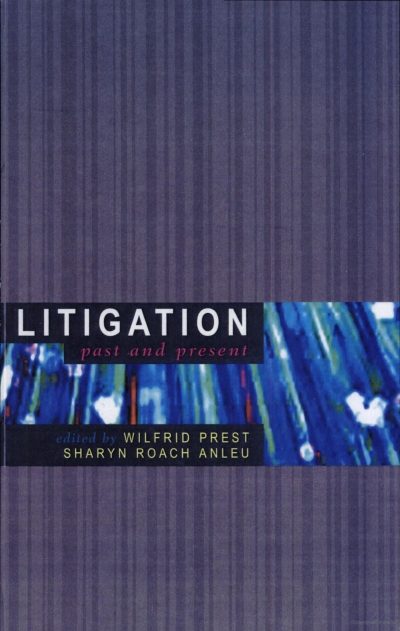Archive
The Sorrows of Empire: Militarism, secrecy, and the end of the republic by Chalmers Johnson
The Winter Door by Isobelle Carmody & Shædow Master by Justin D'Ath
Litigation edited by Wilfrid Prest and Sharyn Roach Anleu & Slapping on the Writs by Brian Walters
The Measure of Success by Ron Clarke & Cathy by Cathy Freeman (with Scott Gullan)
Blindside by J.R. Carroll & Degrees of Connection by Jon Clearly
In the Year of Our Lord Slaughter’s Children by Philip Hammial & Home Town Burial by Martin R. Johnson
The Mother Workshops and Other Poems by Jeri Kroll & Shadows at the Gate by Robyn Rowland
Drew Forsythe chasing chooks was not enough. I vividly remembered those moments at the Parade Theatre in 1972. To anchor a scene in rural Australia, the director had given two lordly roosters a brief strut on stage, and Drew was only just managing to keep their strut to the desired brevity. I needed, however, to remember more. The play was The Taming of the Shrew, and the setting, quite radically for the time, was Padua via Mudgee. Hence the chooks. John Bell, if memory served me correctly, did the taming, and Drew certainly did the chasing, but was Robin Lovejoy the director? The taxi was rapidly nearing the Mosman home of Lovejoy’s widow, Patricia, who had offered his paintings, photographs and papers to the National Library. Graeme Powell, the National Library’s Manuscript Librarian, and I were to assess the collection, and at such moments context is important. I had consulted the Library’s biography files and found information on Lovejoy’s career as one of Australia’s leading directors of theatre and opera from the 1950s to the 1970s, but had not found any mention of a production of the Shrew.
... (read more)








